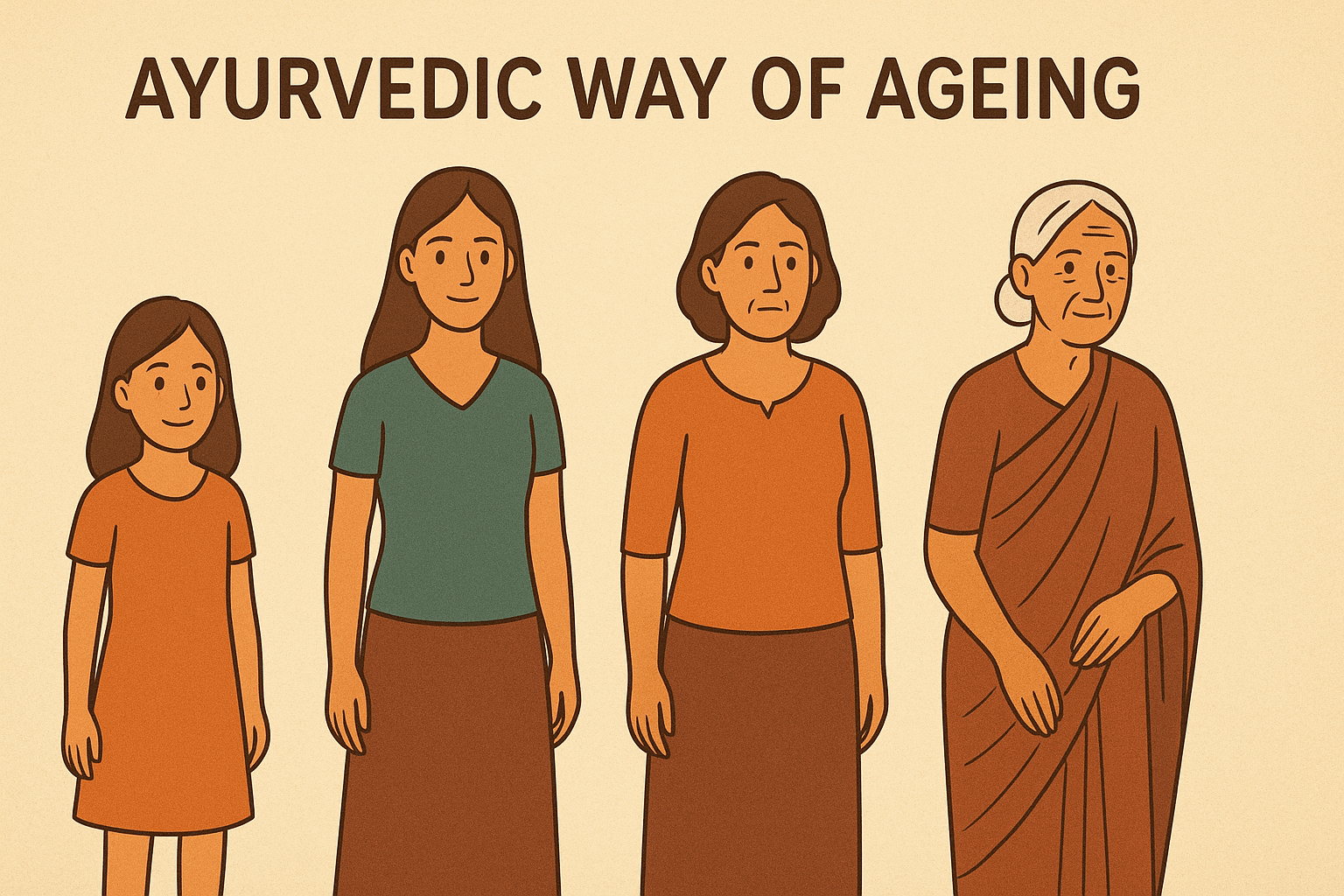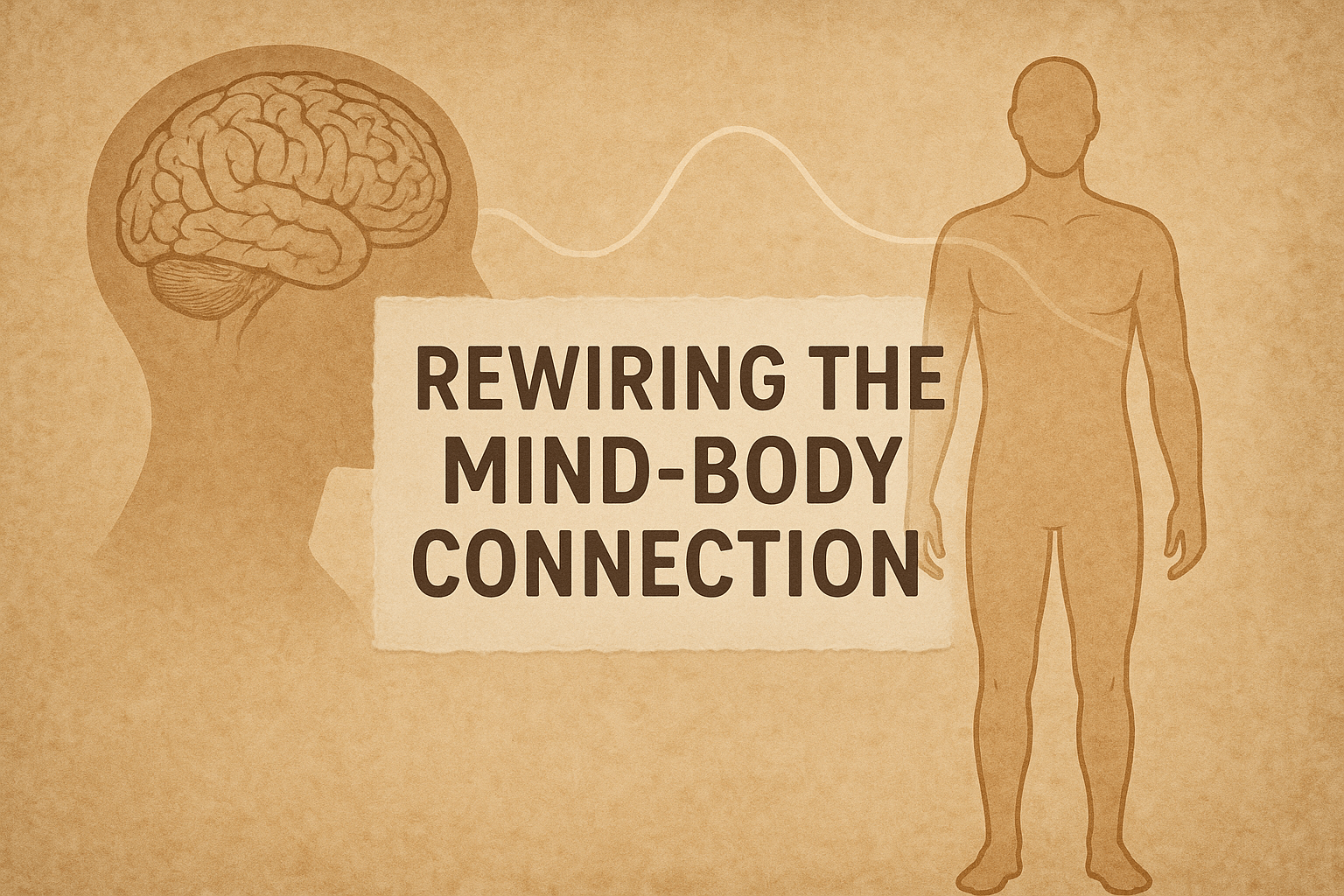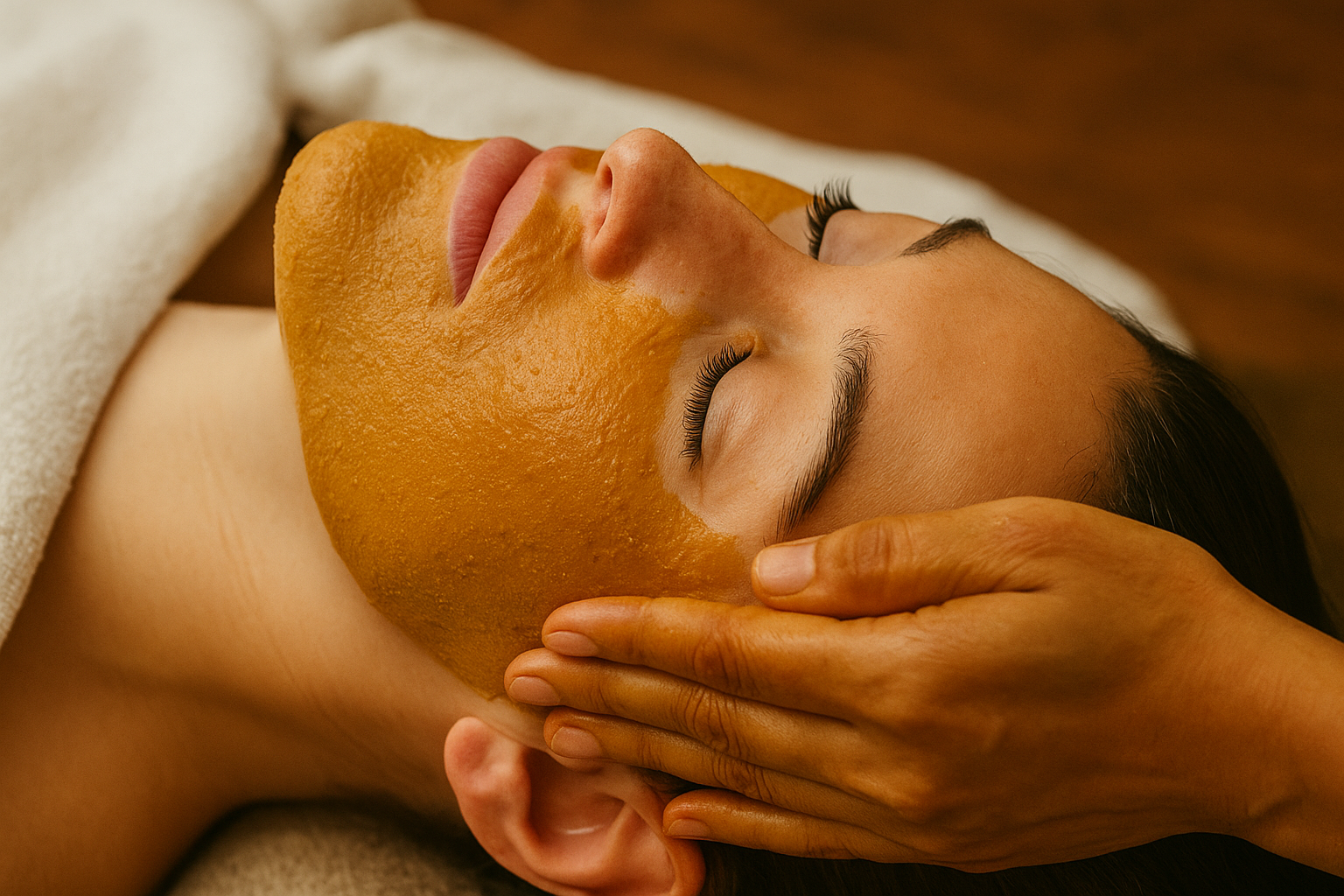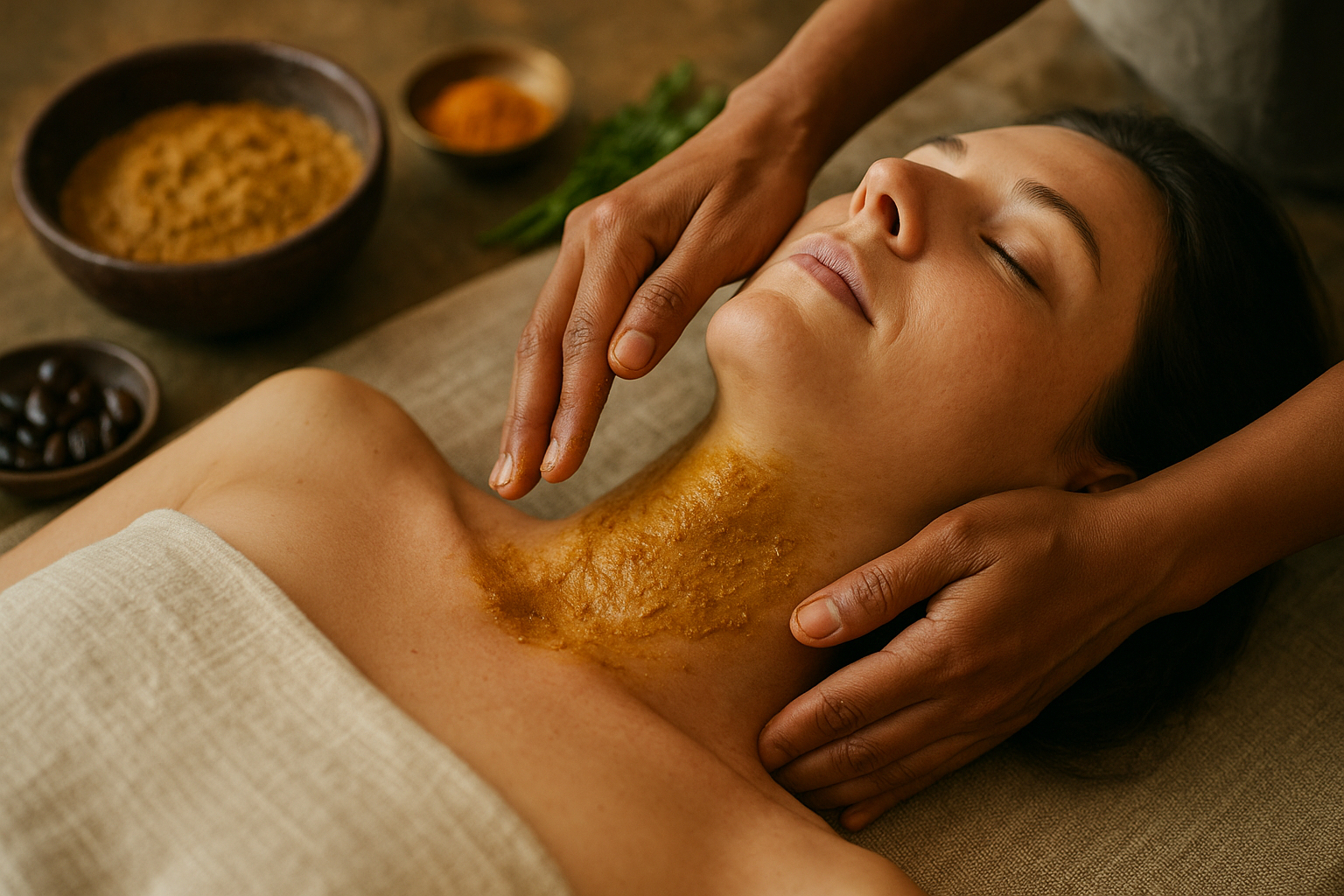Ayurveda explains ‘Vatadosha’ and ‘Ama’, causing Stiffness and Swelling.
Ever bent down to pick something up and felt that sharp pain in your knees like a stab?
Or woken up to a stiff back that demands a few minutes of rest before rolling out of bed?
And I’m certainly sure that you have seen people, random or known, struggling to stand up after sitting for a while!
Joint pain is a widespread complaint. And it is no longer a problem “only for old age.” From desk-job professionals to fitness enthusiasts, anyone can end up battling stiffness, swelling, and limited movements.
So, why not decode it before it knocks at our door?
Not Just a Pain: What’s Really Happening Inside Your Joints?
Ayurveda doesn’t stop at saying “it’s age catching up”. It digs way deeper and reveals that joint pain is often the symptom of an internal imbalance. And this imbalance involves Vata dosha (the bio-energy of movements), and Ama (the body’s sticky metabolic toxins).
Think of your bones as the concrete foundation of a house and your joints as the hinges. Now imagine dust (Ama) clogging these hinges and excess air pressure (aggravated Vata) blowing through the cracks. What happens? The hinges creak, jam, and eventually wear out.
This is exactly how Ayurveda explains joint pain.
Explaining the culprits.
- Vata dosha:
In Ayurveda, Vata dosha is the air element in the body that controls movement, circulation, and nervous impulses. Classically, Vata dosha directly affects bone and joint health. A balanced vata dosha helps with free movements of joints, while an aggravated vata dries out joint lubricants, causing restricted movements and pain.
- Ama:
Ama is formed from weak digestion, resulting in undigested metabolic toxins. This is another key culprit in joint pain. Think of Ama as the dusty grime clogging hinges, making movement stiff and painful.
The aggravated Vata and accumulated Ama invade the body channels (srotas) that supply nutrition to various tissues, including bones and joints. The result? Inflammation, swelling, and the dreaded stiffness!
The Many Faces of Joint Pain in Ayurveda.
Ayurveda categorizes joint pain into three common forms.
- Osteoarthritis (Sandhigata Vata)
In osteoarthritis, cartilage, the smooth protective coating at joint ends, gradually thins. This causes bones to rub painfully, resulting in stiffness and swelling. Ayurveda views this as Vata drying out the cartilage and degenerating bone tissue. Over time, the lack of lubrication leads to creaky, stiff joints.
- Rheumatoid Arthritis (Ama Vata)
Rheumatoid arthritis is a chronic autoimmune condition where the body’s immune system attacks the joint linings. Ayurvedic texts describe it as an accumulation of Ama in the joints combined with aggravated Vata. This sticky toxin clogs channels and causes inflammation, pain, and swelling, often in multiple joints simultaneously, such as the hands, wrists, and knees.
- Vatavyadhi (Other musculoskeletal disorders)
This group of disorders reflects what happens when the natural flow and balance of Vata become disrupted. Such imbalance leads to various painful and debilitating conditions like Pakshaghata (stroke or hemiplegia), Ardita (facial paralysis), Gridhrasi (sciatica), Avabahuka (frozen shoulder), Viswachi (sciatic neuralgia), Ekangavata (localized Vata disorder), and Sarvangavata (systemic Vata disease).
So, how to go beyond masking joint pain?
Digestion is Everything: Clearing the Toxic Roadblocks.
Ayurvedic treatment begins by enhancing Agni (digestive fire) through the use of herbal formulations and a balanced diet. Certain bitter and pungent herbs help kindle Agni, which in turn aids in digesting Ama. For example, formulations like Rasnasaptaka Kashayam and Maharasnadi Kashayam are traditionally prescribed to enhance digestion and reduce Ama.
The Magic of Basti Karma: Healing from the Inside Out
If Ama and aggravated Vata are clogging your joints, the Ayurvedic primary treatment is Basti Karma, a medicated enema therapy. It might sound unconventional, but Basti karma delivers herbal medicine directly to the colon, where the majority of Vata resides. Because Ayurvedic anatomy connects the colon (Purisha Dhara Kala) intimately to bone tissue (Asthi Dhara Kala). So, the takeaway is that a clean, balanced colon promotes healthy bones and joints.
The Role of Oil Therapies and External Applications
Ayurveda places great emphasis on Snehana (oil application). Medicated oils, such as Murivenna, Karpooradi Thaila, Ksheerabala Taila, and Mahanarayana Taila, are warmed and massaged onto affected joints to improve circulation and restore flexibility. These oil massages calm aggravated Vata, reducing the sensation of stiffness. They also help clear Ama stuck in superficial tissues.
The Herbal Allies for Joint Health
Your kitchen is a treasure trove of natural joint healers, many of which have been scientifically studied for their benefits:
- Turmeric (Curcuma longa) contains curcumin, a powerful anti-inflammatory ingredient.
- Ginger (Zingiber officinale) improves blood flow to joints.
- Guggulu is renowned for reducing inflammation.
- Guduchi (Tinospora cordifolia) acts as an anti-inflammatory and immune-modulator.
- Ashwagandha and Shatavari nourish muscles and ligaments, providing strength and flexibility.
These herbs can be consumed as decoctions, teas, powders, capsules, or applied topically in oils.
Lifestyle Tweaks: Small Changes, Big Impact
While herbs and therapies do the heavy lifting, lifestyle changes set the stage for lasting joint health.
- Avoid habits that aggravate Vata and Ama, like irregular meals, excessive cold or dry foods, overexertion without rest, and prolonged sitting without movement.
- Incorporate light exercises, yoga, and daily oil massages to maintain joint flexibility.
- If you work long hours at a desk, take breaks every 30-45 minutes to stand, stretch, and gently move your joints.
Why This Matters?
Joint pain isn’t just a physical nuisance; it affects how you live, work, and enjoy your days. Ayurveda’s holistic approach targets the root causes through digestive support, herbal therapy, detoxification via Basti, and mindful lifestyle changes.
If your joints feel stiff, swollen, or painful, consider looking beyond conventional explanations and relying on ancient wisdom. Because Joint pain is a signal from your body asking for balance, the balance that Ayurveda has been nurturing for thousands of years.







